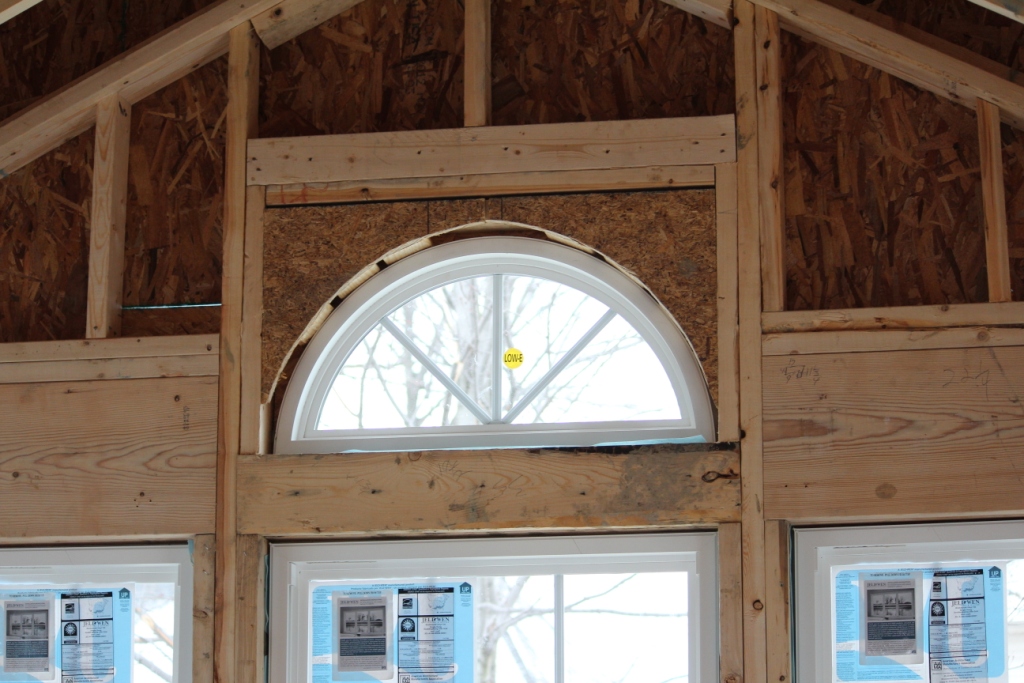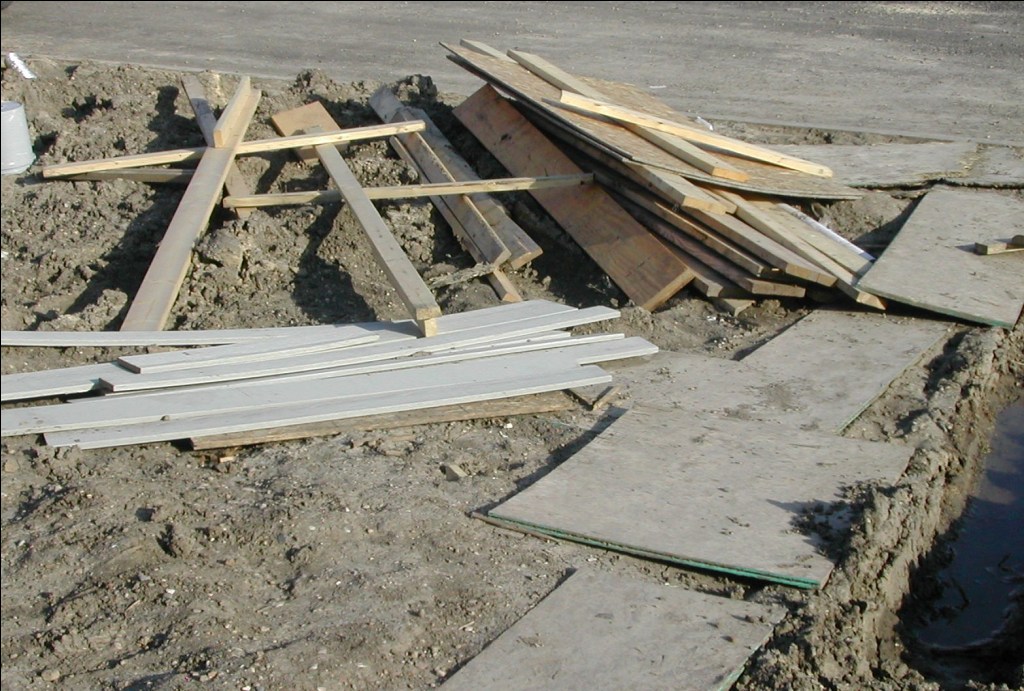How to Build a Home, Step 13: Review Bids
0 Comments | Posted by armchairbuilder in Build Your Own Home, Owner-Builder
As we continue our blog series on How to Build a Home, we’re ready to review the bids that you’ve received. This step is very important to owner builders who want to save money acting as their own general contractor. If you take the time to carefully analyze each bid, you will save money and avoid some of the potential hassles.
Bid Structure
The basic structure of a bid includes two main components…1) the estimated quantity of work/material, 2) the unit price for that piece of work/material. The estimated quantity is basically the square footage, area, volume…etc. of work to be done. For a roofing bid, the primary estimated quantity will be the square footage of the roof. If the bid is from a supplier, it will be the estimated quantity of the material needed.
The unit price is the total cost for a given component including contractor overheads and profit. So for the roof example above, a unit price might be $75 per square (a square is 100 square feet).
Estimated Quantities
The first thing you will notice when looking at the bids is the difference in estimated quantities. When I started building homes seventeen years ago, I was shocked at how different the estimated quantities were per company. After all, if there are fifty-five match sticks in a pile and you ask three different people to count them, shouldn’t they all come up with fifty-five? Obviously the answer is yes. So why don’t all of the companies estimating quantities to build your new home come up with the same numbers? Here are some reasons why they don’t…
Time – Many of the companies that will give you bids to help build your new home don’t have a separate estimating department. The owner may do the bidding at night after the kids get to bed after a long day on the job. This can obviously lead to inaccuracies.
Methods – Most contracting companies use shortcuts, also called “rule of thumb” methods to come up with estimates. For example, your lumber supplier might estimate wall studs by using one per foot of wall. Of course there won’t be a stud every twelve inches but this is one way to account for the additional studs at window/door openings, corners…etc. Some of these shortcuts are good, like this one…and some, not so good. True story, I had an HVAC contractor give me a bid for a new home for installation of ductwork, air conditioner, and furnace. After digging into his bid, I questioned him on the size of the furnace. He said he uses a very accurate method for determining size…it’s based on the number of floors! Uhg!
Fudge Factor – Most people who have been in the building business for a while have at some point underestimated a job. Depending on how bad the numbers were, they may have worked on a home for weeks only to lose money. Because of this, some contractors have a tendency to over estimate in their favor. This creates a factor of safety or fudge factor to cover items missed.
Waste – No matter what building activity is taking place, there is almost always wasted material. Take drywall for example. The contractor cuts the drywall board to fit each wall or ceiling space. The smaller pieces of board leftover after cutting are typically not used. This is because you create more joints with smaller pieces which is less desirable from both a quality standpoint and because it takes longer to finish.
So what do you do if you get back three totally different bids? How can you tell which estimate is accurate? This is why we say get as many bids as you can for each activity. In doing so, you can spot trends in the bids. Let’s say you get four bids for drywall and two of them come in as 8k square feet of wall surface, and the other two at 7k and 9k. You can make some assumptions based on the consensus.
If you still aren’t comfortable with the estimated quantities, the safest thing to do is to complete your own estimate. In the building world this is sometimes call this a “takeoff”. Estimating quantities really isn’t rocket science. If you can figure area, and volume, and you can do simple math, you can do a takeoff. You may want to show your numbers to your builder consultant for review. Waste quantities are one item you might not be familiar with but your consultant will be able to guide you. If you need more info, we will be covering some proper estimating techniques in the future here at Armchair Builder.
Unit Price
Since the unit price includes the bidding company’s overhead and profit, it’s a great tool for comparing pricing. There are typically no errors in this bid component like in the estimated quantities just mentioned. Even so, unit prices can vary widely from company to company. Here are some reasons…
- Location – Higher costs of living can really affect unit prices (Tip: look to rural areas outside of the city for deals)
- Overhead Costs – As with the rest of the business world, each company has a different overhead structure. A guy that operates out of his basement office may have a lower cost than the guy with the nice office building
- Schedule – When a company is not getting enough work, they may lower their price in order to keep busy
- Efficiency – Does the company have the latest tools or equipment to get the job done efficiently? A painter that does everything by hand will take longer than one that uses a sprayer.
Price is Just the Beginning
We’ve talked about this in detail here at Armchair Builder in the past. Remember, price is just one parameter that you need to look at when hiring a company to help with your new home build. Here are some other things you should look at prior to hiring contractors…
- Insurance – Be sure the contractor has the appropriate insurance. Check with your insurance agent to see what they recommend. Builders typically require subcontractors to have a minimum of $1 million general liability insurance and carry the minimum state requirement for workman’s compensation coverage.
- How long has the company been in business?
- References – Get names and phone numbers of the last three customers…not the best three, the last three. Make the time to call them.
- State License Board – Check with your state licensing board to see if they require a license for the activity and if so, verify the license is current and there are no complaints with the contractor.
- BBB – Check with the Better Business Bureau – This is not a magic bullet, but it can signal major problems. Keep in mind, just because the BBB says there are no complaints doesn’t guarantee the company is good



